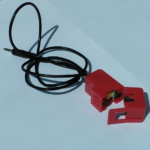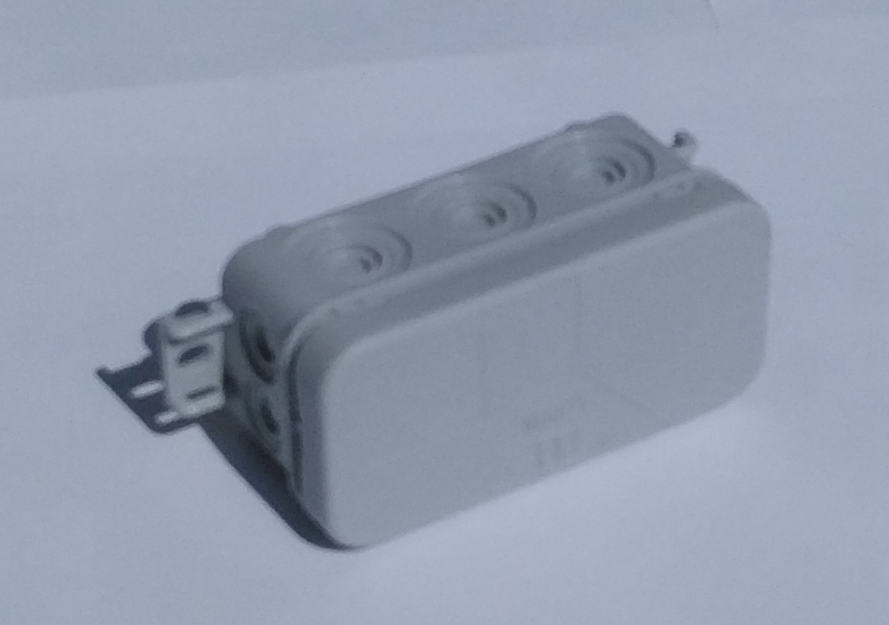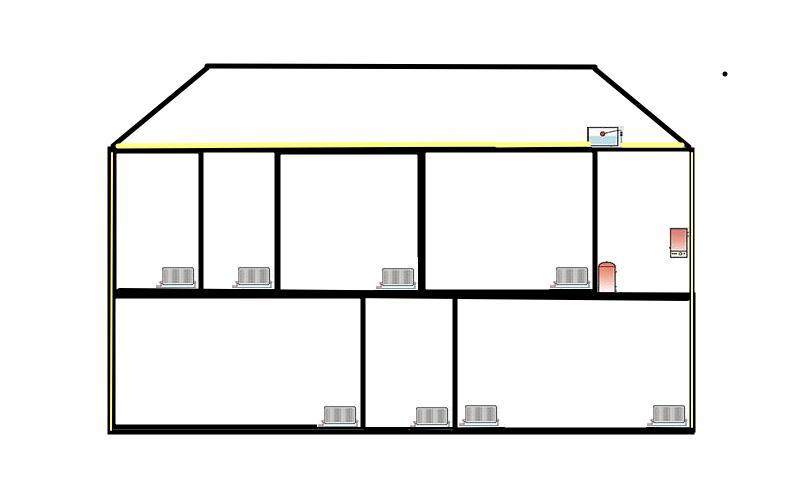The CU monitor is a development designed to calculate the current flowing to the consumer unit from the grid and solar panels, broadcast is within the LAN and record the data to a website. I have taken a minimalist approach to keep the costs down. It uses two current clamps to measure the current

One is clipped around one of the single core cables to the consumer unit into the house from the grid and the other other is clipped around the one of the single core cables that come from the solar panels inverter.
These connections provide the minimum number of connections. We have an algorithm that predicts whether the grid connection is importing or exporting to the grid from the profiles of the currents observed on these clamps.
The CU monitor also provides an optional photo resistor input that can be blue tacked to the front of your electricity meter as some electricity meters have an LED that becomes illuminated when power is being exported to the Grid. This can offer a confirmation that our algorithm is correct.
CU monitor Hardware
The CU monitor kit comprises our own PCB which hosts a processor that is used to calculate the AC current flow and records it to our display website. The PCB may be powered either by a USB lead or via a 240V mains power plug. The electronics are housed in an IP55 mini Junction box.
USB connection kit (no soldering required)
- CP2102 USB to TTL Serial Converter
- 2 or 4 Female to Female Jumper wire
- USB extension cable
- USB Cable
- USB power brick or available USB socket
Mains powered kit (minimal soldering):
- Hi Link 3.3V 3W P/N HLK-PM03
- Varistor
- Power Block
Either power system will suffice. The USB connection requires no actual soldering and does not require the user to handle mains AC power. If you are comfortable wiring into the mains power then the other kit is available.
disclaimer: handling mains voltage can be very dangerous. Do not do so unless you are qualified and comfortable with the wiring and connecting of mains power.

